

Articles
How To Use Microwave Oven
Modified: March 20, 2024
Learn how to effectively utilize your microwave oven with these informative articles. Discover tips, tricks, and recipes to make the most of your cooking experience.
(Many of the links in this article redirect to a specific reviewed product. Your purchase of these products through affiliate links helps to generate commission for Storables.com, at no extra cost. Learn more)
Introduction
Welcome to the world of microwave ovens! These versatile kitchen appliances have revolutionized the way we cook and prepare meals. With their convenient features and efficient cooking methods, microwave ovens have become a must-have appliance in households around the globe.
In this article, we will guide you through the various aspects of using a microwave oven effectively and safely. Whether you are a beginner or someone looking to maximize the potential of your microwave oven, you will find valuable information here to enhance your cooking experience.
Before we delve into the practicalities, it is important to note that while microwaves are generally safe to use, it is crucial to follow specific safety precautions to avoid any accidents or mishaps. Ensuring the safety of yourself and your loved ones should always be a top priority in the kitchen.
Now that we have established the importance of safety, let’s move on to the different aspects involved in using a microwave oven effectively. From understanding the control panel to cooking techniques and maintenance, let’s explore the world of microwave cooking together.
Key Takeaways:
- Embrace the convenience and versatility of microwave cooking by following safety precautions, understanding the control panel, and utilizing special features for delicious and efficient meal preparation.
- Keep your microwave oven in top condition by choosing the right cookware, mastering time and power settings, and maintaining regular cleaning and maintenance practices for long-lasting performance and safety.
Read more: How To Use Samsung Microwave Oven
Safety Precautions
When using a microwave oven, it is essential to follow certain safety precautions to ensure a safe cooking experience. Here are some important guidelines to keep in mind:
- Read the manual: Familiarize yourself with the instruction manual provided by the manufacturer. This will give you a thorough understanding of how to operate the microwave oven safely.
- Use microwave-safe cookware: Only use cookware that is specifically labeled as microwave-safe. Avoid using metal or aluminum foil as it can cause sparks and potential fire hazards.
- Avoid overheating liquids: Be cautious when heating liquids in the microwave as they can reach boiling point quickly. Stir liquids thoroughly and use microwave-safe containers with covers to prevent sudden boiling or splattering.
- Beware of steam: When removing food from the microwave, open containers carefully to release steam and avoid the risk of burns. Use oven mitts or heat-resistant gloves to protect your hands.
- Don’t overcook food: Follow the recommended cooking times and power levels mentioned in recipes or packaging. Overcooking food in the microwave can lead to uneven heating and may cause it to become dry or rubbery.
- Keep it clear: Ensure that there is enough space around the microwave oven for proper ventilation. Avoid placing any objects on top of the microwave that could obstruct the vents and cause overheating.
- Clean regularly: Regularly clean the inside of the microwave to prevent the buildup of food particles and grease. This not only helps maintain hygiene but also ensures even heating during cooking.
By following these safety precautions, you can use your microwave oven with confidence and minimize the risk of accidents or damage. Take the necessary steps to ensure a safe cooking environment and enjoy the convenience of microwave cooking.
Choosing the Right Cookware
Using the appropriate cookware is crucial to ensure optimal results when cooking with a microwave oven. Here are some factors to consider when selecting the right cookware:
- Microwave-safe materials: Choose cookware that is specifically labeled as microwave-safe. Materials such as glass, ceramic, and microwave-safe plastic are ideal options as they can withstand the heat generated by the microwave.
- Avoid metal and aluminum: Never use cookware with metal or aluminum components in the microwave. Metal can cause sparks and potential fire hazards, while aluminum foil can cause damage to the oven and disrupt the cooking process.
- Size and shape: Consider the size and shape of the cookware you select. Ensure that it fits comfortably inside the microwave and allows for even distribution of heat. Avoid using oversized or irregularly shaped containers that may hinder the cooking process.
- Easy-to-clean: Opt for cookware that is easy to clean and maintain. Look for options that are dishwasher-safe or have a non-stick coating to make cleaning a breeze.
- Ventilation: Choose cookware with lids or covers that allow steam to escape during the cooking process. This prevents pressure buildup and ensures proper ventilation inside the microwave.
- Microwave-safe labels: Always check for microwave-safe labels or symbols on the packaging or bottom of the cookware. These labels indicate that the cookware has been tested and deemed safe for use in the microwave.
By selecting the right microwave-safe cookware, you can ensure even cooking, maintain the integrity of your food, and prevent any potential damage to the microwave oven. Take the time to evaluate your cookware options and invest in quality products that meet the necessary safety standards.
Understanding the Microwave’s Control Panel
The control panel of a microwave oven may seem intimidating at first glance, with various buttons and settings. However, once you understand the functions of each button, it becomes much simpler to use the microwave effectively. Here are some common features you will find on a microwave oven control panel:
- Power/Intensity: This button allows you to adjust the power level at which the microwave operates. Lower power levels are ideal for defrosting or cooking delicate foods, while higher power levels are suitable for reheating or cooking items quickly.
- Time: You can set the desired cooking time by using the time button. Enter the required amount of time using the number buttons on the control panel.
- Start/Stop: The start button initiates the cooking process, while the stop button cancels the operation. Use these buttons to begin and end the cooking cycle as needed.
- Auto-cook presets: Many microwaves have preset cooking programs for common foods like popcorn, baked potatoes, or beverages. These settings automatically determine the cooking time and power level based on the selected food item.
- Defrost: The defrost function allows you to thaw frozen food quickly and safely. Select the defrost button, enter the weight or type of food, and the microwave will calculate the appropriate defrosting time.
- Timer: Apart from cooking functions, microwaves often have a timer feature that can be used independently for other purposes. Set the timer for activities such as tracking cooking time on other appliances or as a reminder for specific tasks.
Familiarize yourself with the specific control panel layout and functions of your microwave oven by referring to the instruction manual. Understanding the control panel will not only make it easier to operate the microwave but also allow you to take advantage of its various features and cooking options.
Setting the Time and Power Level
Setting the time and power level correctly is essential to ensure precise and efficient cooking with your microwave oven. Here’s how you can do it:
- Time setting: Start by pressing the time button on the control panel. Use the numerical keypad to enter the desired cooking time in minutes and seconds. For example, if you want to cook something for 2 minutes and 30 seconds, enter “2:30” or use the “+” and “-” buttons to adjust the time.
- Power level selection: Many microwaves offer various power levels to suit different cooking needs. To select the power level, press the power/intensity button on the control panel. Then, enter the desired power level percentage using the numerical keypad. For instance, enter “50” for 50% power.
- Combining time and power level: If you want to cook at a specific power level for a specific duration, first set the cooking time, and then select the desired power level. Some microwaves may require you to select the power level before entering the cooking time.
- Using presets: Many microwaves have convenient preset buttons for common cooking tasks. These presets automatically set the cooking time and power level for specific foods or functions. Refer to your microwave’s instruction manual to understand the presets and their corresponding buttons.
- Start the cooking process: After setting the time and power level, press the start button to initiate the cooking process. The microwave will begin heating the food according to the programmed settings. If necessary, you can pause or stop the cooking process using the stop button.
Experimenting with different power levels and cooking times will help you determine the best settings for various types of food. Remember to refer to recipes, food packaging guidelines, and your own preferences to achieve the desired cooking results.
Setting the time and power level correctly is crucial for efficient cooking with your microwave oven. Take some time to familiarize yourself with the control panel functions and explore the options available. With practice, you’ll become adept at using the time and power settings to prepare delicious meals in no time.
Read more: How To Use Miele Microwave Oven
Cooking with Microwave Oven
The microwave oven is a versatile appliance that provides quick and convenient cooking solutions. Here are some tips for cooking with a microwave oven:
- Covering food: When cooking food in the microwave, it is recommended to cover it with a microwave-safe lid or microwave-safe plastic wrap. This helps to trap the moisture and heat, promoting even cooking and preventing the food from drying out.
- Stirring and flipping: During the cooking process, it is important to stir or flip the food occasionally to ensure even heat distribution. This helps to prevent hot spots and ensures that the food is cooked thoroughly.
- Arranging food: Place thicker or denser portions of food towards the outer edges of the microwave-safe dish and thinner or less dense portions towards the center. This helps to promote even cooking, as the outer edges receive more heat compared to the center of the dish.
- Using microwave-safe utensils: When cooking or heating food in the microwave, use microwave-safe utensils such as glass, ceramic, or microwave-safe plastic. Avoid using metal utensils or aluminum foil, as they can cause sparks or damage to the appliance.
- Time and power adjustments: Experiment with different cooking times and power levels to achieve the desired results. Start with the recommended cooking times and power levels in recipes, and adjust as needed based on your microwave’s performance and personal preferences.
- Standing time: After cooking in the microwave, it is important to allow the food to stand for a few minutes before consuming or serving. This standing time allows for further heat distribution and helps to ensure that the food is cooked evenly.
- Cookware selection: Use microwave-safe cookware that is appropriate for the type of food you are cooking. Consider using microwave-safe containers with vented lids, as they allow steam to escape and prevent pressure build-up.
These tips will help you make the most of your microwave oven and achieve delicious results. Remember to follow specific cooking instructions provided in recipes and food packaging to ensure proper cooking times and techniques for specific dishes.
From reheating leftovers to steaming vegetables and cooking quick meals, a microwave oven can be a valuable tool in any kitchen. Embrace the convenience and speed that it offers, while keeping these tips in mind for successful microwave cooking.
When using a microwave oven, always use microwave-safe containers and cover food with a microwave-safe lid or microwave-safe plastic wrap to prevent splattering and ensure even cooking.
Defrosting Food
Defrosting food in the microwave is a convenient and quick method to prepare frozen ingredients for cooking. Here are some guidelines to ensure safe and effective defrosting:
- Choose the defrost setting: Most microwave ovens come with a specific defrost setting or function. Look for this button on the control panel, typically labeled as “Defrost” or with a snowflake icon.
- Weigh the food: It is important to weigh the frozen food before defrosting to determine the appropriate defrosting time. Refer to the microwave’s instruction manual or a defrosting guide to understand the recommended time for various weights and types of food.
- Select the weight or type of food: Enter the weight of the food using the numerical keypad or use the pre-set defrosting options if available. The microwave will calculate the defrosting time based on the weight you input.
- Divide large portions: If you have a large piece of frozen food, such as a whole chicken or a roast, it is advisable to divide it into smaller portions before defrosting. This allows for more even defrosting and helps to prevent the outer parts from becoming overcooked while the center remains frozen.
- Rotate and rearrange: During the defrosting process, pause and rotate the food or rearrange the portions to ensure even thawing. Pay attention to any parts that may start to cook and prevent them from becoming overly heated.
- Continue with cooking immediately: Once the food is thawed, it is best to cook or use it promptly to avoid any risk of bacterial growth. Do not refreeze the food if it has been completely defrosted in the microwave.
- Inspect for completeness: After defrosting, check the food to ensure that it is adequately thawed. If there are any frozen parts remaining, continue the defrosting process for a short duration until the food is completely thawed.
Defrosting food in the microwave saves time compared to conventional methods. However, it is important to be cautious and follow the correct defrosting techniques to maintain the quality and safety of the food. Keep in mind that larger or denser foods may require more time to defrost properly.
By using the appropriate defrosting settings and techniques, you can quickly and safely thaw frozen ingredients, allowing you to whip up delicious meals with ease.
Reheating Food
Reheating leftovers or previously cooked food in the microwave is a convenient way to enjoy a warm meal. Follow these tips to ensure that your reheated food is safe and retains its quality:
- Portion size: Divide the food into small, evenly-sized portions for more even reheating. This allows the food to heat more quickly and evenly, preventing overcooking in some areas while others remain cold.
- Cover with a microwave-safe lid or wrap: To prevent splattering and retain moisture, cover the food with a microwave-safe lid or use microwave-safe plastic wrap with a vent to allow steam to escape.
- Stir or rotate: If reheating a large dish, stir the food or rotate the container periodically. This helps to distribute heat evenly and ensures that all parts of the food are thoroughly reheated.
- Reheat in short intervals: Instead of reheating for an extended period, heat the food in short intervals. Check its temperature at each interval to prevent overheating and to ensure it reaches a safe temperature.
- Use a lower power setting: To avoid overheating or drying out the food, reduce the power level when reheating. Lower power levels allow for more gentle heating and can help to preserve the texture and moisture of the food.
- Remove parts that may overcook: If your dish contains ingredients that may overcook quickly (such as vegetables or delicate proteins), consider removing them before reheating and adding them back in later. This prevents them from becoming excessively mushy or overcooked.
- Consume immediately: Reheated food should be consumed promptly after heating to avoid any bacterial growth caused by prolonged exposure to room temperature.
- Reheat soups or liquids carefully: Liquids, such as soups or beverages, can become superheated and may boil suddenly when disturbed. To prevent burns or spills, stir the liquid well before and during reheating to distribute heat evenly.
Remember that not all foods are suitable for reheating in the microwave. Avoid reheating foods with a crispy or crunchy texture, as they may become mushy. Additionally, it’s important to use microwave-safe containers to ensure proper reheating and prevent any harmful substances from leaching into the food.
By following these tips, you can safely and efficiently reheat your leftovers to enjoy a delicious and satisfying meal.
Using the Grill or Convection Feature
Many modern microwave ovens come equipped with additional features such as a grill or convection mode. These features expand the capabilities of the appliance and allow for more versatile cooking options. Here’s how to use the grill or convection feature effectively:
Grill Mode:
- Prepare the food: Choose foods that are suitable for grilling, such as meats, vegetables, or sandwiches. Season or marinate the food as desired.
- Preheat the grill: Set the microwave to the grill mode and adjust the temperature if necessary. Allow the grill to preheat for a few minutes before placing the food on the grill rack or tray.
- Place the food: Arrange the food on the grill rack or tray, ensuring that it is evenly spaced and not overcrowded. This allows for proper heat circulation and even cooking.
- Monitor and flip: Keep an eye on the food as it grills, flipping it occasionally to ensure even browning and cooking. Use oven mitts or heat-resistant gloves to handle the hot grill rack or tray.
- Adjust cooking time: The cooking time may vary depending on the thickness and type of food being grilled. Follow recipe instructions or personal preference to determine the optimal cooking time for your specific food.
- Let it rest: Allow the grilled food to rest for a few minutes before serving. This helps to lock in the juices and allows for even distribution of flavors.
Convection Mode:
- Select the mode: Set the microwave to the convection mode, usually indicated by a fan symbol. Adjust the temperature and cooking time as needed.
- Choose appropriate cookware: Use microwave-safe cookware suitable for convection cooking. Metal pans or dishes with metallic accents should be avoided, as they can interfere with the convection process.
- Place the food: Arrange the food on the convection rack or tray, ensuring proper spacing for even heat circulation. Use the recommended cookware or follow your recipe’s instructions.
- Set the temperature and time: Set the desired temperature and cooking time for your recipe or adjust according to personal preference. Follow the recommended guidelines for different types of food.
- Monitor the cooking process: Keep an eye on the food as it cooks in convection mode, and make any necessary adjustments to cooking time or temperature if needed.
- Allow for adequate cooling: Once the cooking time is complete, allow the food to cool slightly before serving. This ensures that it is safe to handle and allows for any further cooking or resting required.
Using the grill or convection feature in your microwave oven provides a whole new level of versatility and opens up a range of cooking possibilities. Experiment with different recipes and techniques to make the most of these features and enhance your culinary skills.
Read more: How To Use Convection Microwave Oven
Cleaning and Maintenance
Regular cleaning and maintenance help ensure that your microwave oven works efficiently, maintains its performance, and remains safe to use. Here are some tips to keep your microwave clean and well-maintained:
- Wipe down the interior: After each use, wipe down the interior of the microwave with a damp cloth or sponge. This helps remove any splatters or spills and prevents them from becoming hardened or difficult to clean later.
- Remove and wash turntable: If your microwave has a removable turntable or tray, remove and wash it in warm, soapy water. Rinse thoroughly and dry before placing it back in the microwave.
- Clean the control panel: Gently clean the control panel using a soft, damp cloth. Avoid using harsh cleaners or abrasive scrubbers, as these can damage the buttons or surface of the control panel.
- Deodorize with lemon: If your microwave has lingering odors, place a bowl of water with lemon slices inside the oven. Heat it on high for a few minutes, then let it sit for a while with the door closed. The steam and citrus scent will help freshen the microwave.
- Clean the exterior: Wipe down the exterior surfaces of the microwave with a mild cleaning solution and a soft cloth. Avoid using abrasive cleaners or harsh chemicals that may damage the finish.
- Avoid food residue buildup: Avoid allowing food residue to accumulate inside the microwave. Scrub off any stubborn stains or dried food particles using warm soapy water and a non-abrasive sponge or cloth.
- Regular maintenance checks: Periodically check the microwave’s seals, hinges, and door latch to ensure they are in good condition. Replace any damaged or worn parts as necessary to maintain the integrity of the appliance.
- Ensure proper ventilation: Check the microwave’s vents for any obstruction and clean them if necessary. Proper ventilation is essential for the microwave to function efficiently and prevent overheating.
- Follow manufacturer instructions: Consult the microwave’s instruction manual for specific cleaning and maintenance guidelines provided by the manufacturer. These instructions may vary depending on the model and brand of your microwave.
Taking the time to clean and maintain your microwave oven regularly not only keeps it looking good but also prolongs its lifespan and ensures safe and efficient cooking. By incorporating these cleaning and maintenance practices into your routine, you can enjoy the benefits of a clean and well-functioning microwave for years to come.
Troubleshooting Common Issues
Even with proper care and maintenance, you may encounter some common issues with your microwave oven. Here are troubleshooting tips for addressing these issues:
- Microwave not turning on: Ensure that the microwave is plugged in properly and that there is power supply. Check the circuit breaker or fuse box to ensure that the circuit hasn’t tripped. If the issue persists, consult the appliance manual or contact a professional technician for assistance.
- Uneven heating: If your food is not heating evenly, try stirring or rearranging it to promote better heat distribution. If the problem persists, the issue may lie with the microwave’s heating element. Consult the manual or seek professional help for further troubleshooting and repairs.
- Excessive noise: Unusual or loud noises coming from the microwave may indicate a problem with the turntable or rotating mechanism. Inspect these components for any obstructions or damage. If the issue persists, contact a technician for further assessment and repair.
- Inaccurate time or power levels: If you find that the microwave is not accurately displaying time or power levels, try resetting the appliance by unplugging it for a few minutes and then reconnecting it. If the problem persists, consult the manual or contact customer support for assistance.
- Door not closing or sealing properly: If the microwave door does not close or seal properly, it may interfere with the appliance’s operation. Clean the door seals and check for any debris or obstructions. If the issue persists, contact a technician to inspect and repair the door latch or hinges.
- Unresponsive control panel: If the control panel is unresponsive or does not register your commands, try resetting the microwave by unplugging it for a few minutes. If the problem continues, there may be an issue with the control panel itself. Consult the manual or seek professional assistance for further troubleshooting and repairs.
- Burnt or sparking smells: If you smell a burning or electrical odor or notice sparks inside the microwave, immediately stop using it and unplug it from the power source. These signs indicate a serious issue that requires professional attention. Do not attempt to fix the problem yourself.
If you encounter any other issues not mentioned here or if these troubleshooting tips do not resolve the problem, it is recommended to consult the microwave oven’s instruction manual or contact the manufacturer’s customer support for further guidance.
Remember, safety should always be the top priority. If you are unsure or uncomfortable with troubleshooting or performing repairs on your own, it is best to seek professional assistance to ensure proper handling of the microwave oven.
Conclusion
Congratulations! You have now gained a comprehensive understanding of how to use a microwave oven effectively and safely. By following the guidelines and tips provided in this article, you can make the most of your microwave for convenient and delicious cooking experiences.
We began by emphasizing the importance of safety precautions when using a microwave oven. Your well-being and the safety of your loved ones should always be a top priority in the kitchen. By following the recommended guidelines, you can minimize the risk of accidents and ensure a safe cooking environment.
We then explored various aspects of microwave cooking, including choosing the right cookware, understanding the control panel, setting the time and power level, cooking techniques, defrosting food, reheating leftovers, and utilizing special features like the grill or convection mode. By understanding and utilizing these features effectively, you can expand your culinary possibilities and prepare a wide variety of dishes.
Additionally, we highlighted the importance of regular cleaning and maintenance to keep your microwave oven in optimal condition. By incorporating these practices into your routine, you can ensure the longevity of your appliance and maintain its efficiency and performance.
Lastly, we provided troubleshooting tips for common issues that may arise with your microwave oven. Though it’s important to remember that safety should always be prioritized, these tips can help you address minor issues or identify when professional assistance is necessary.
Now armed with this knowledge, you are ready to embark on your microwave cooking journey. Experiment with different recipes, adjust the cooking times and power levels to your liking, and enjoy the convenience and versatility of your microwave oven.
Remember, practice makes perfect, so don’t be afraid to explore and try new techniques. Happy cooking!
Frequently Asked Questions about How To Use Microwave Oven
Was this page helpful?
At Storables.com, we guarantee accurate and reliable information. Our content, validated by Expert Board Contributors, is crafted following stringent Editorial Policies. We're committed to providing you with well-researched, expert-backed insights for all your informational needs.
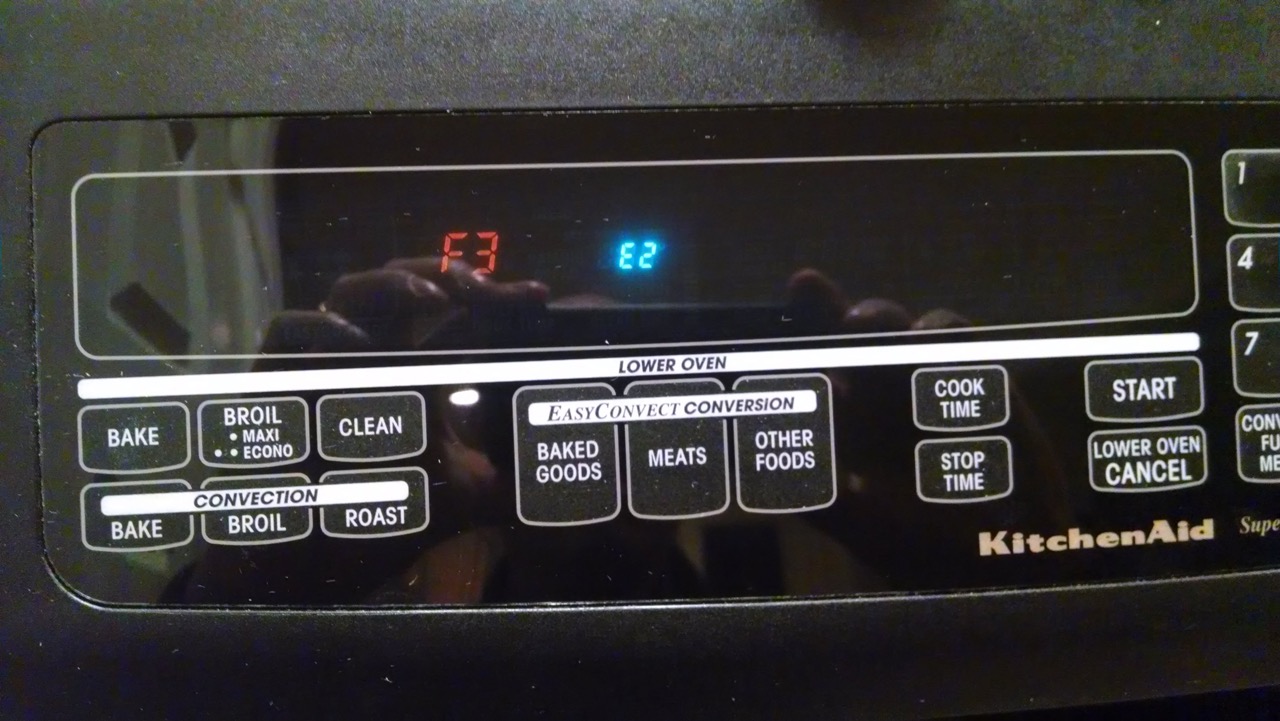
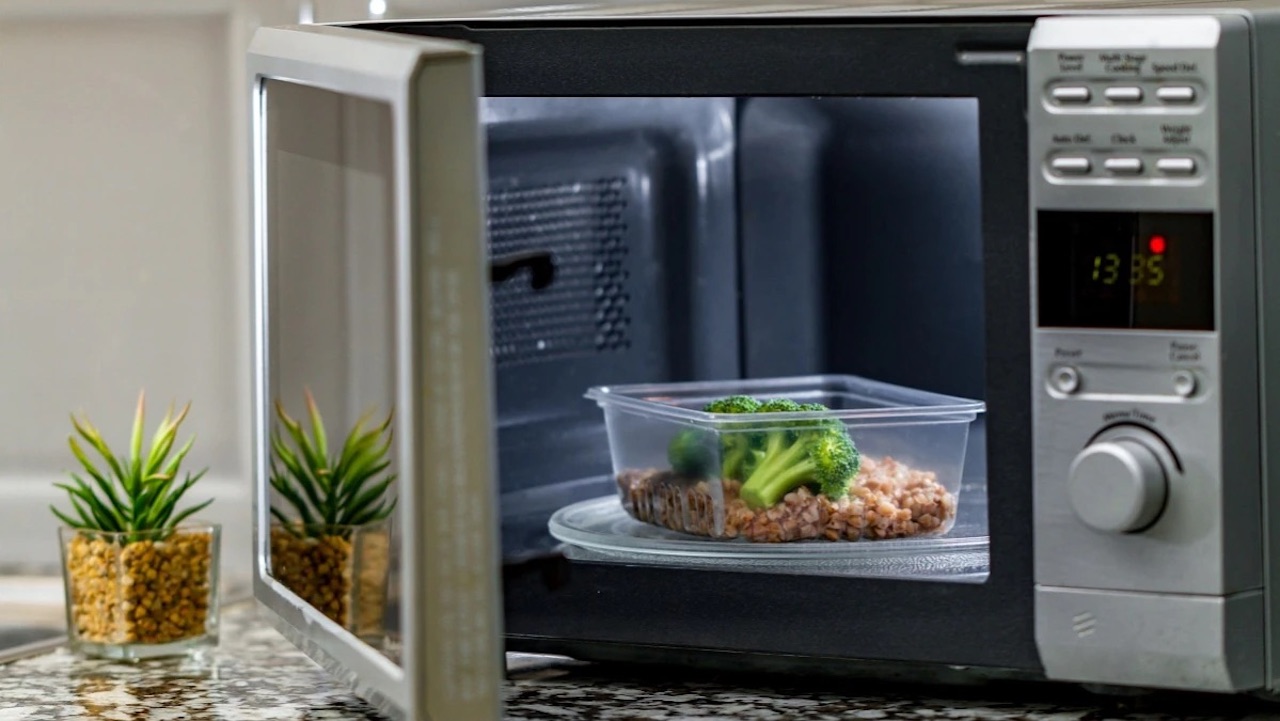
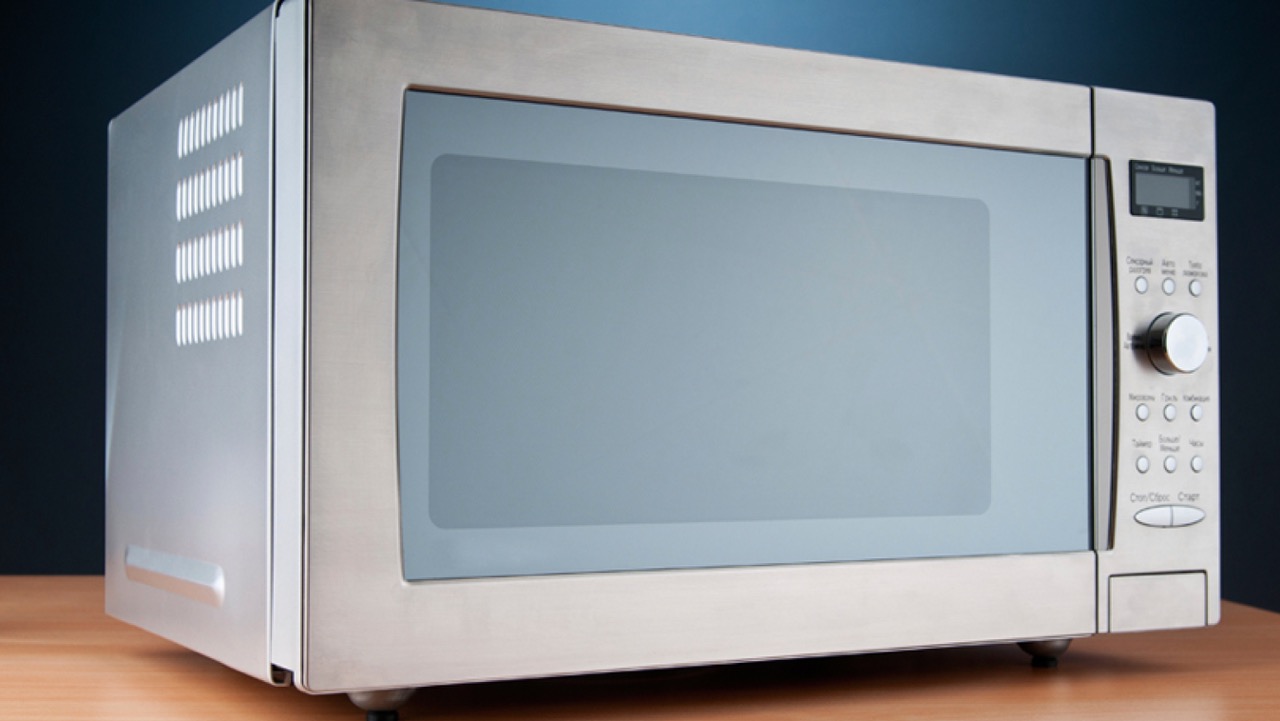
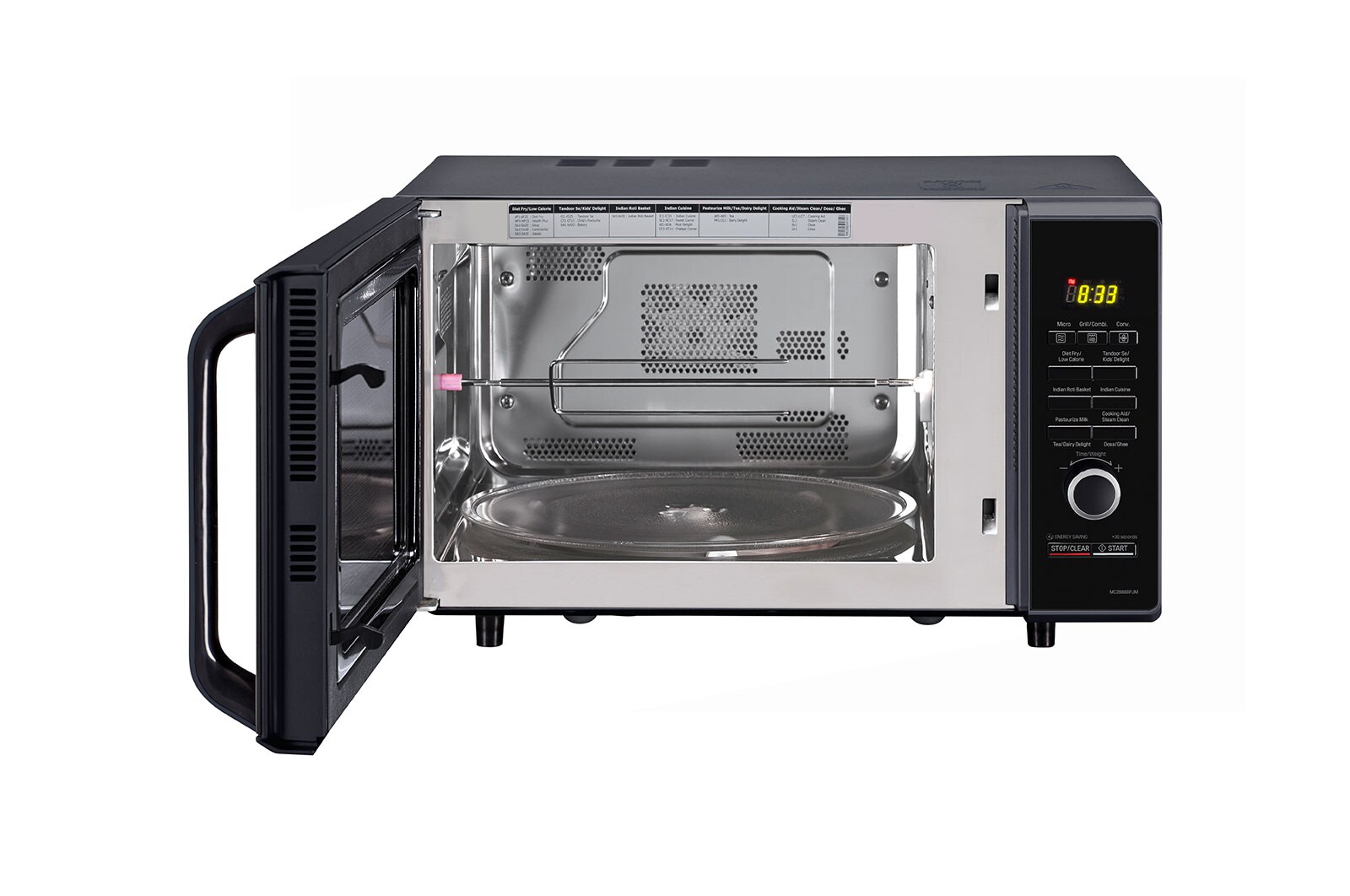
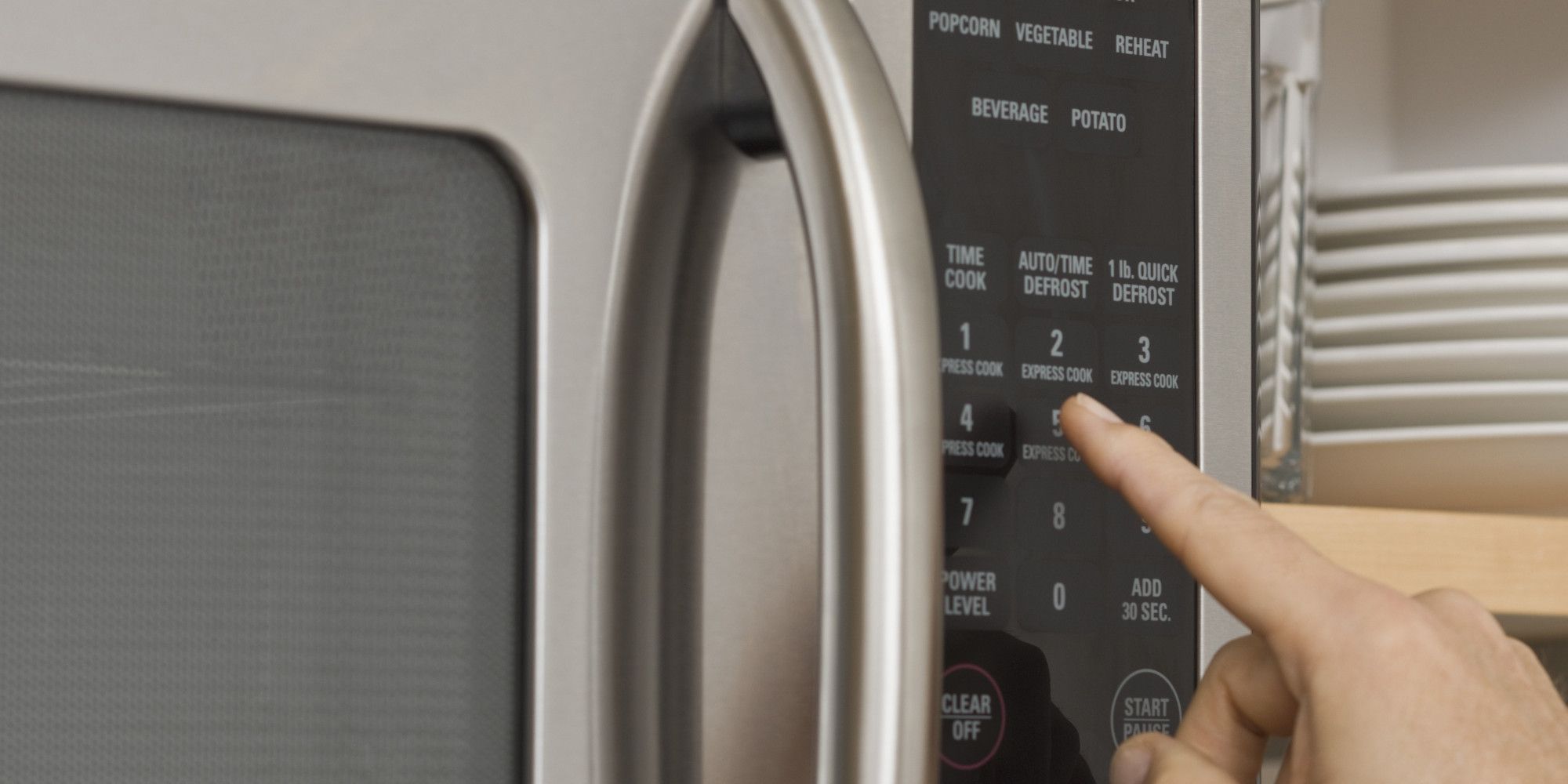
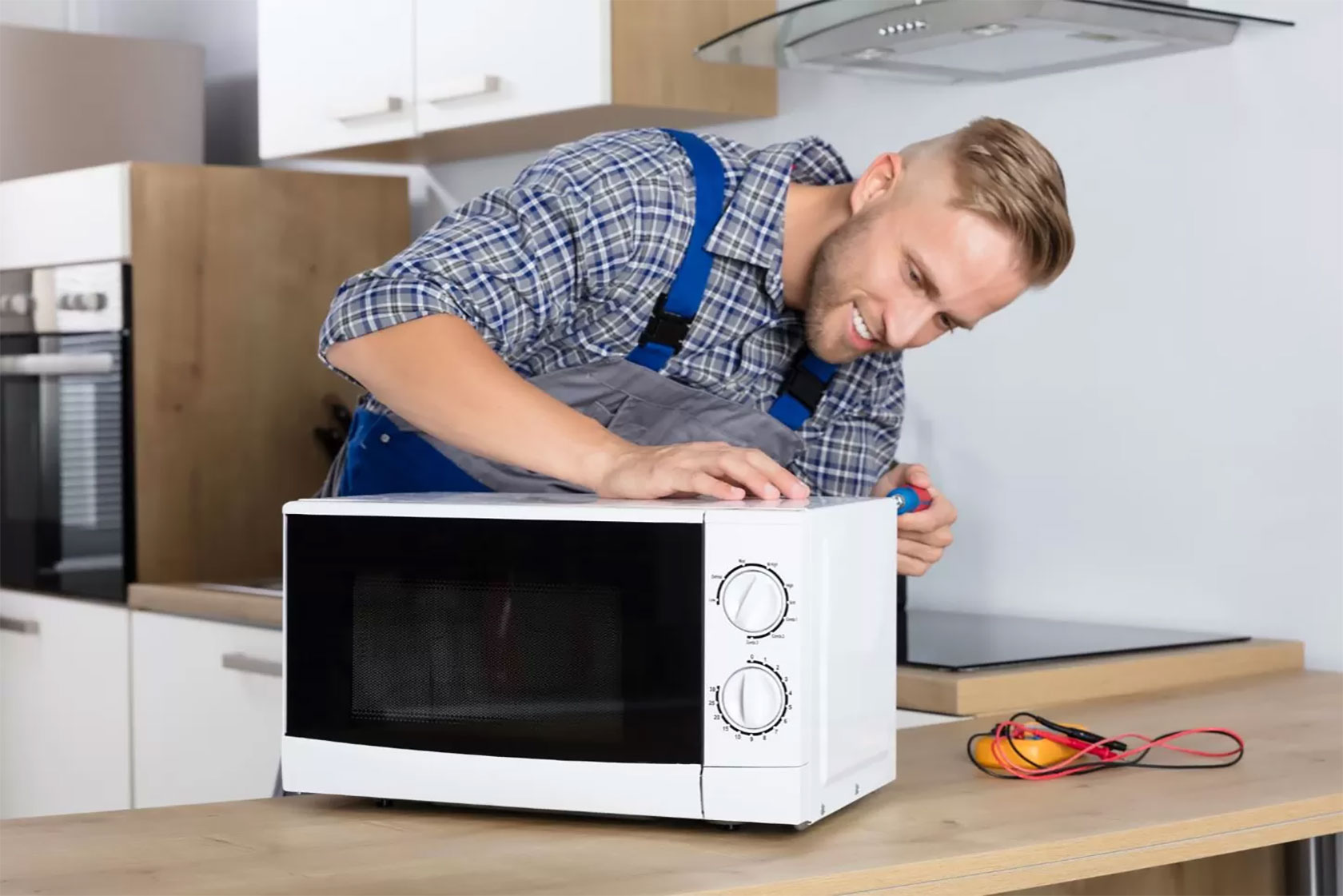
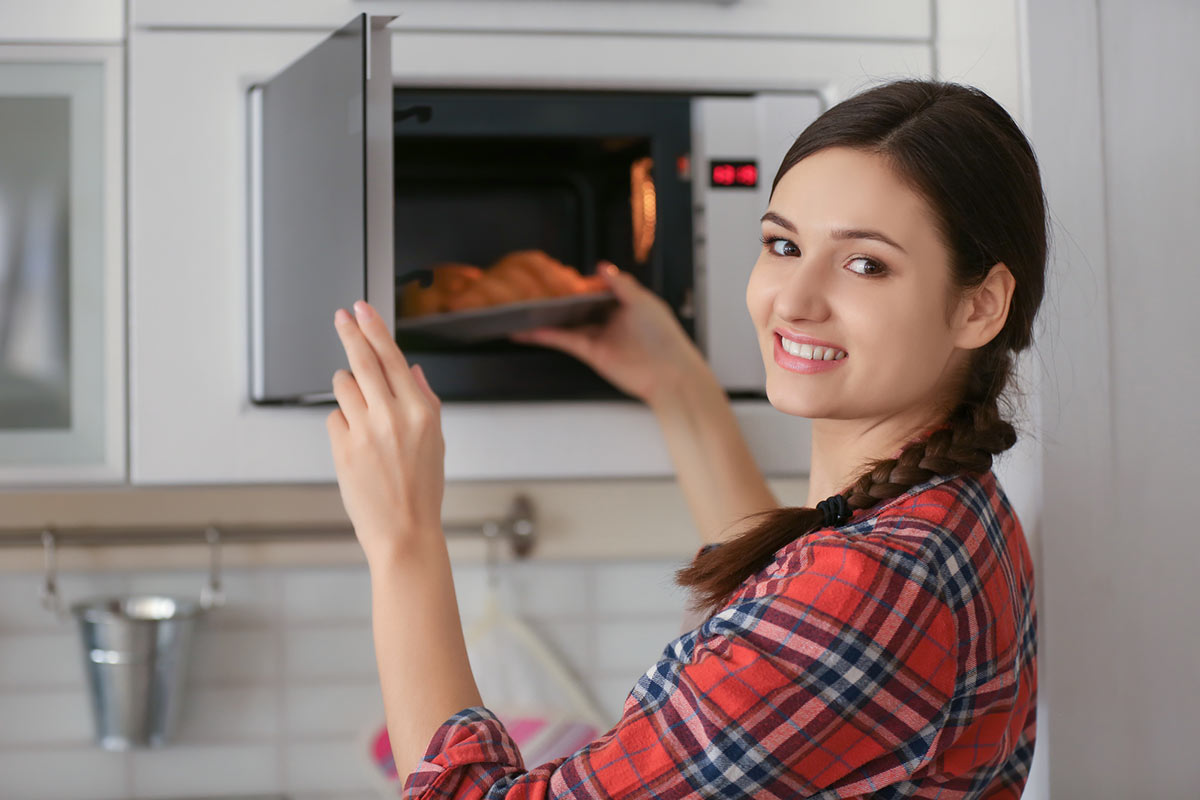
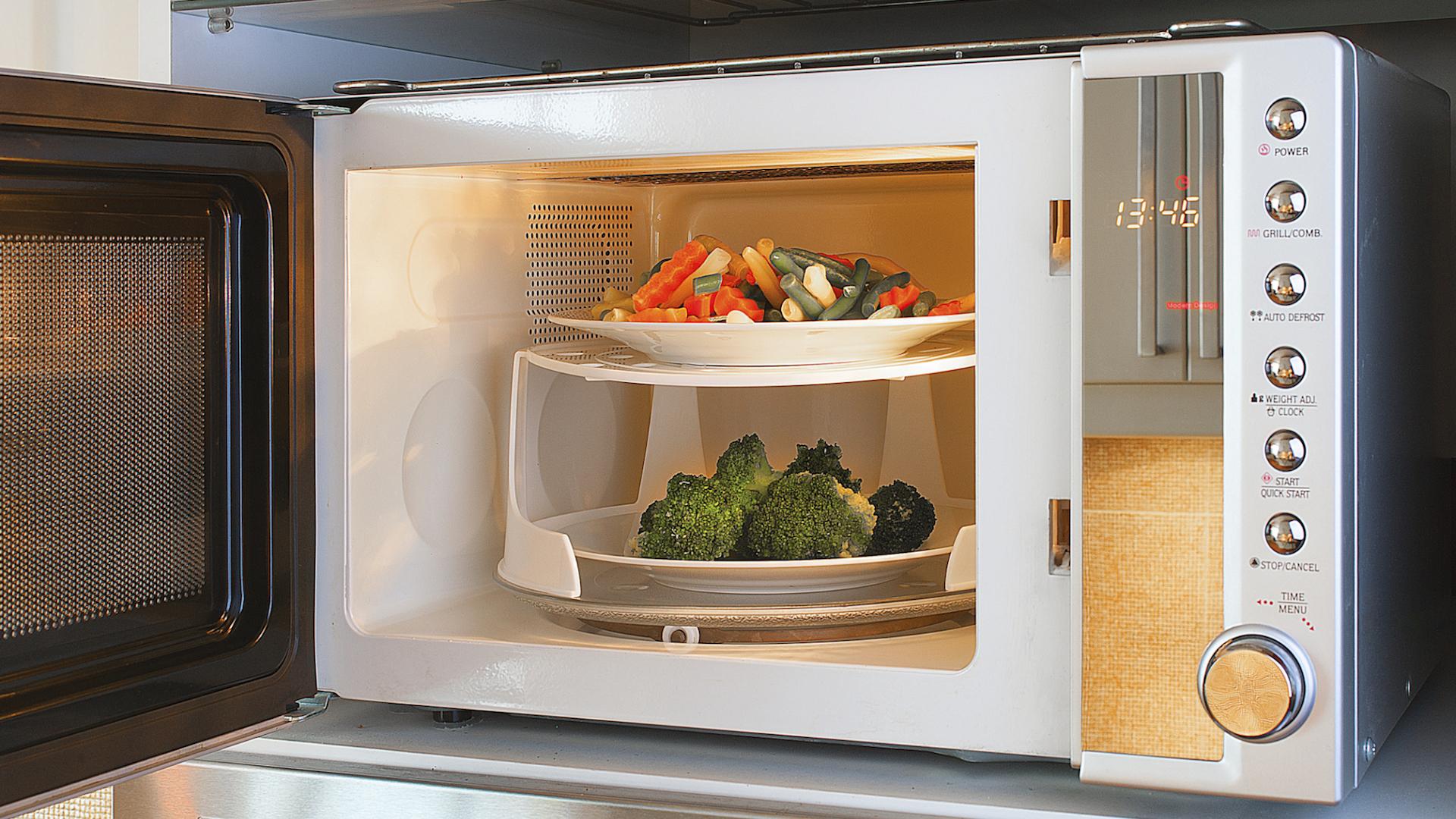
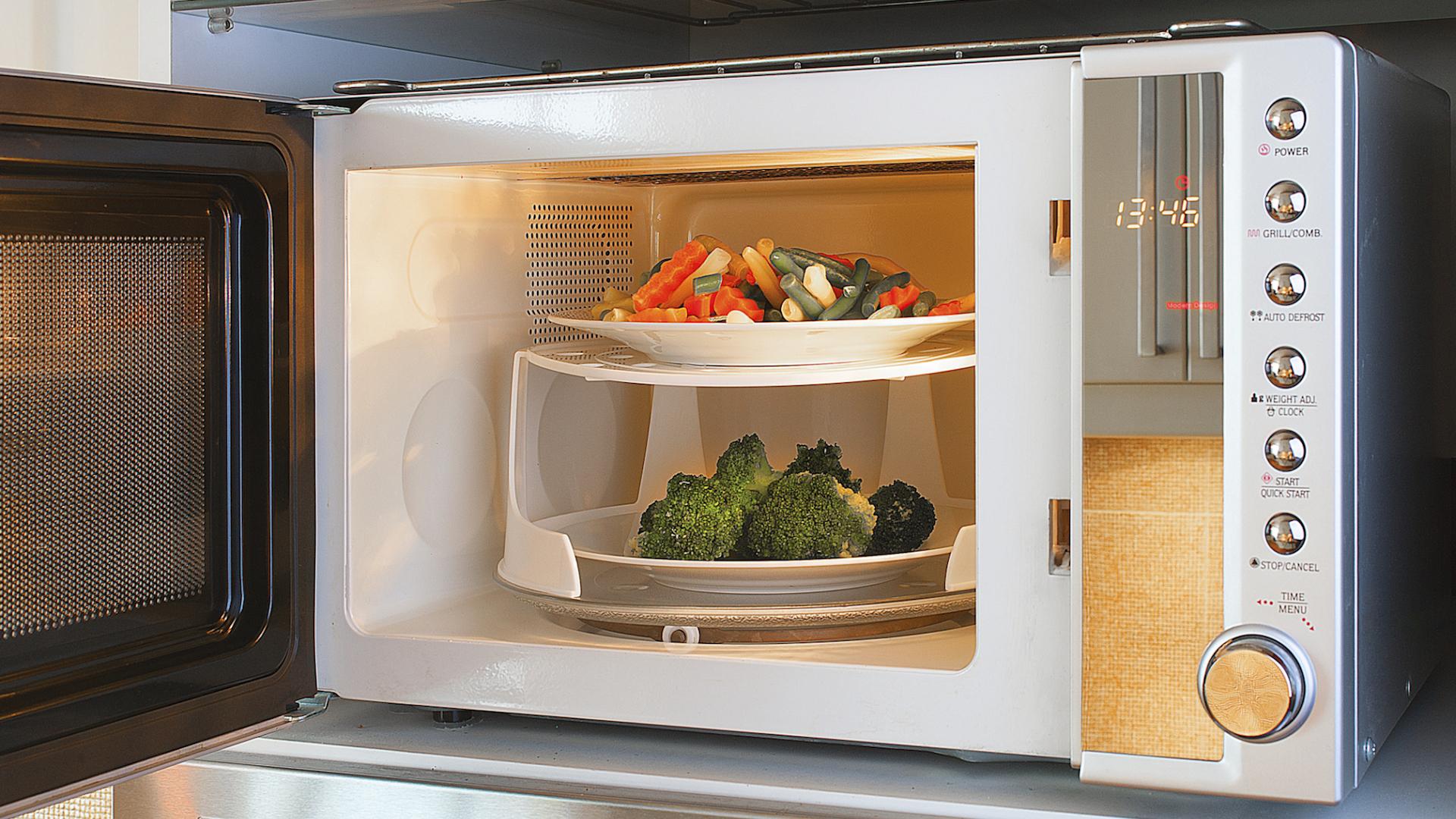
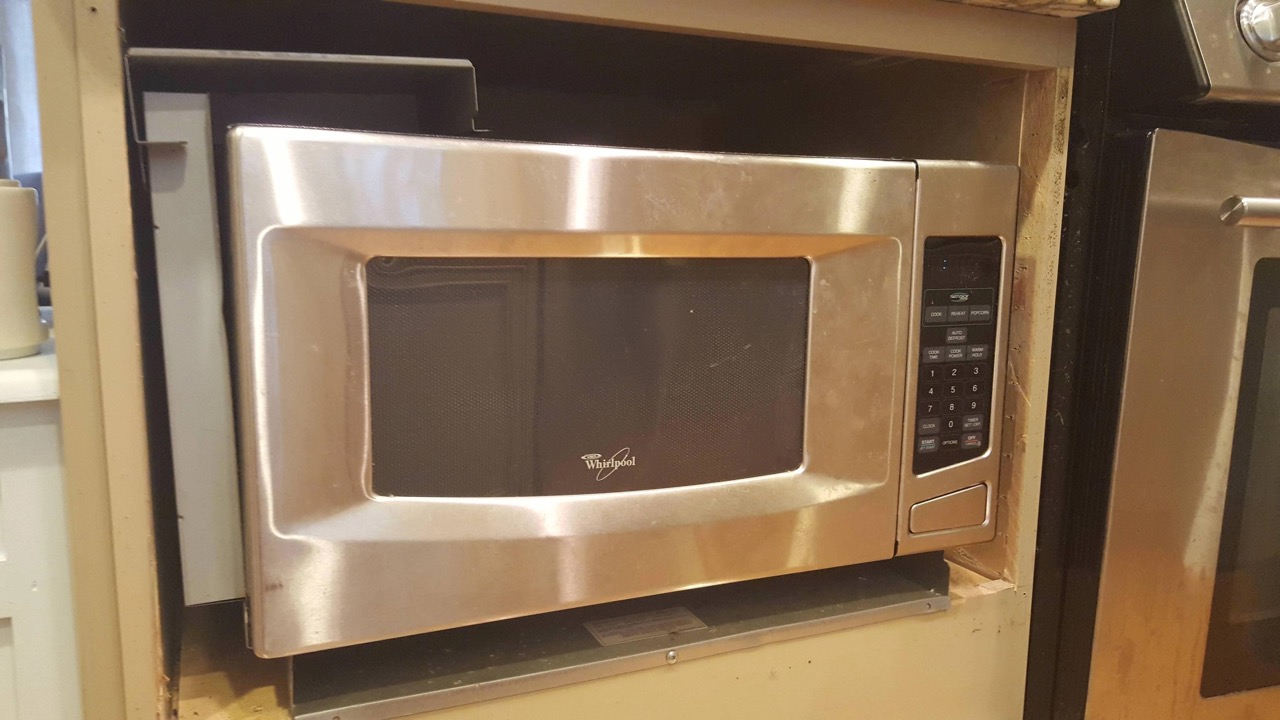
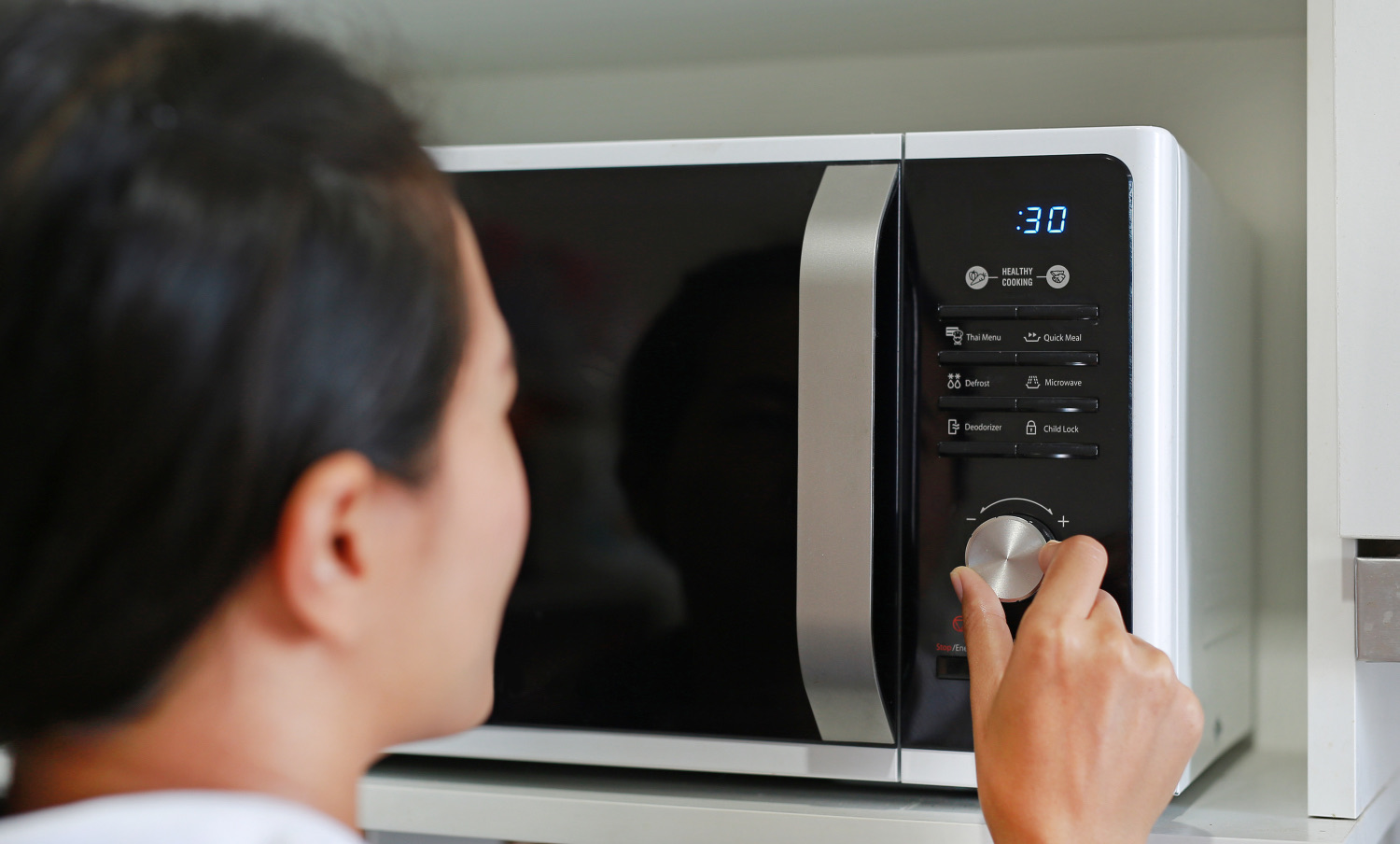
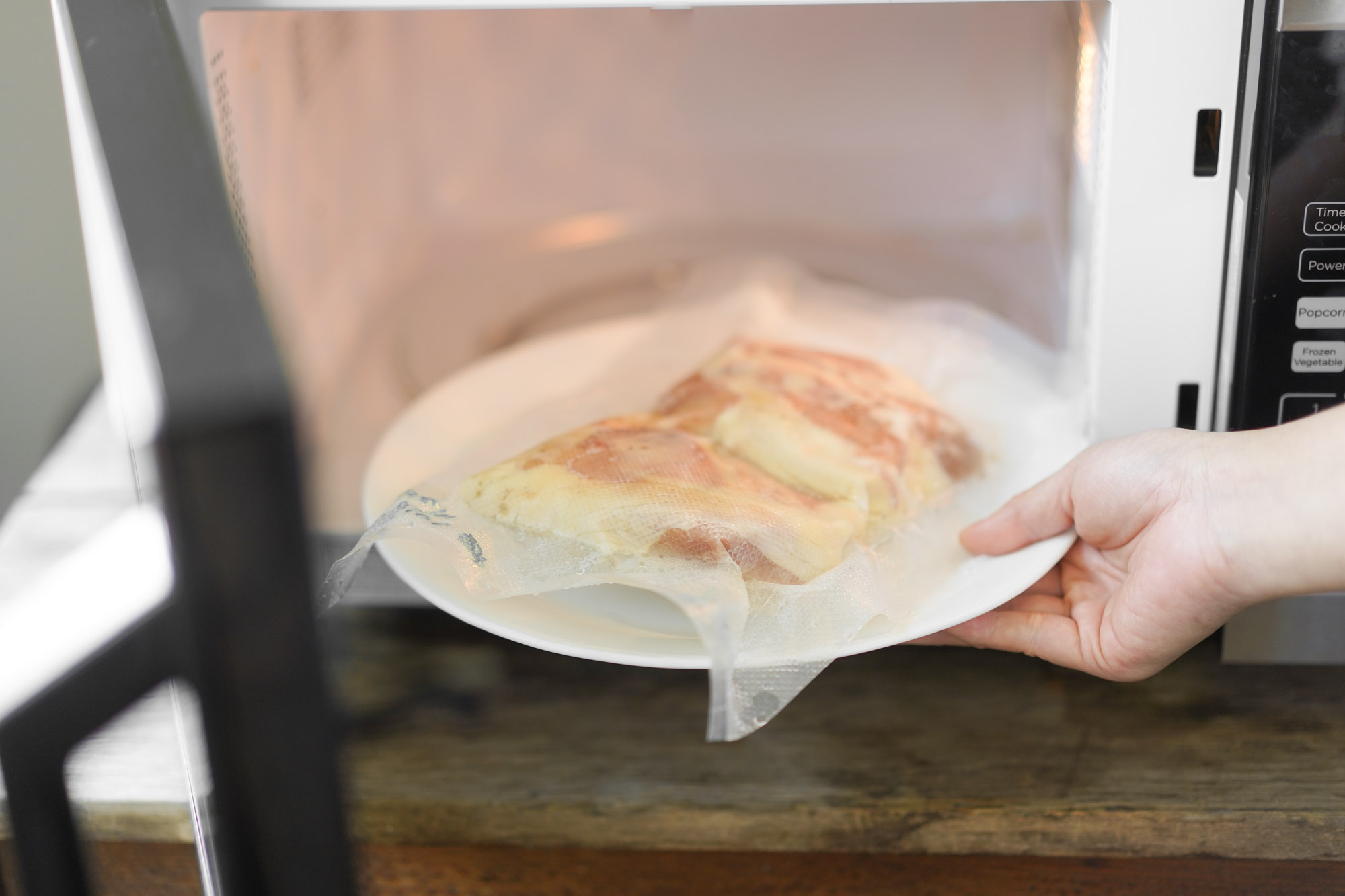
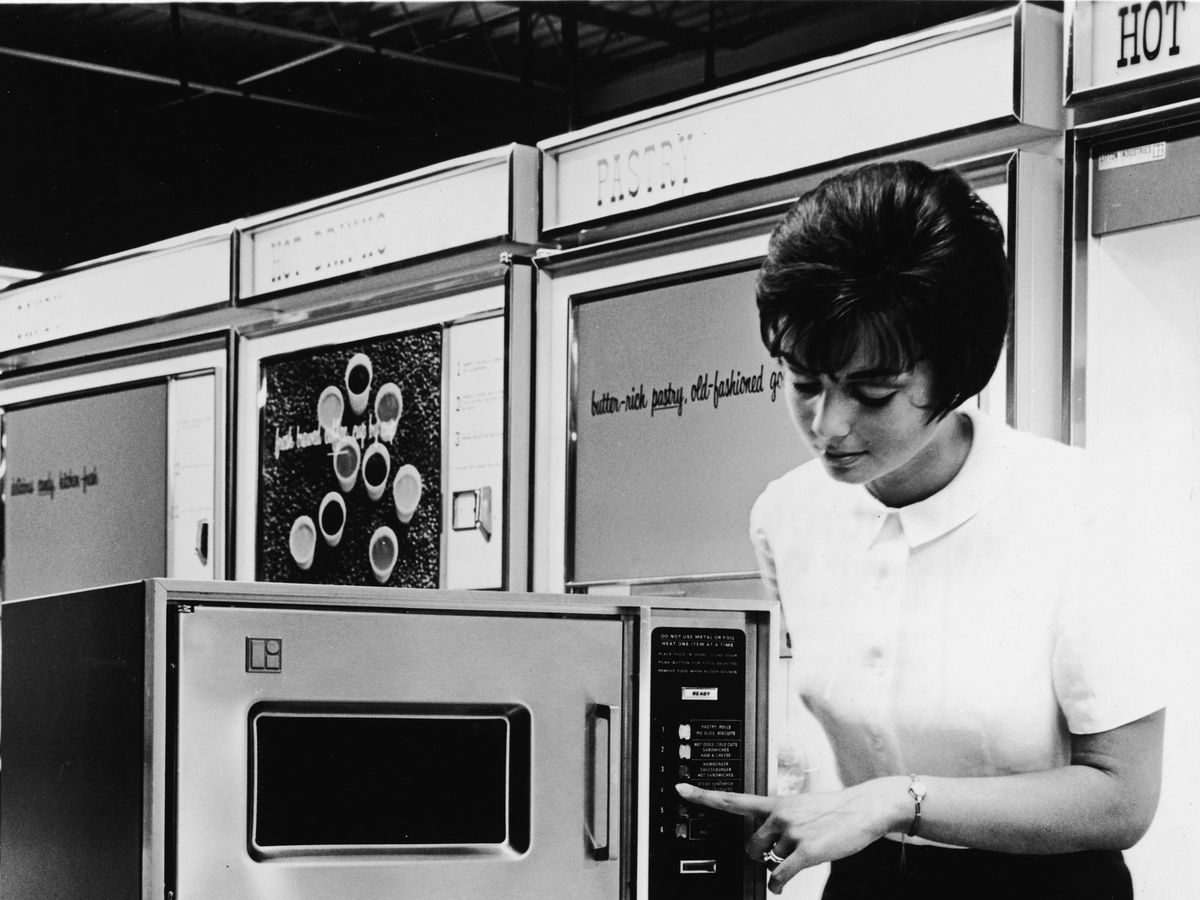

0 thoughts on “How To Use Microwave Oven”